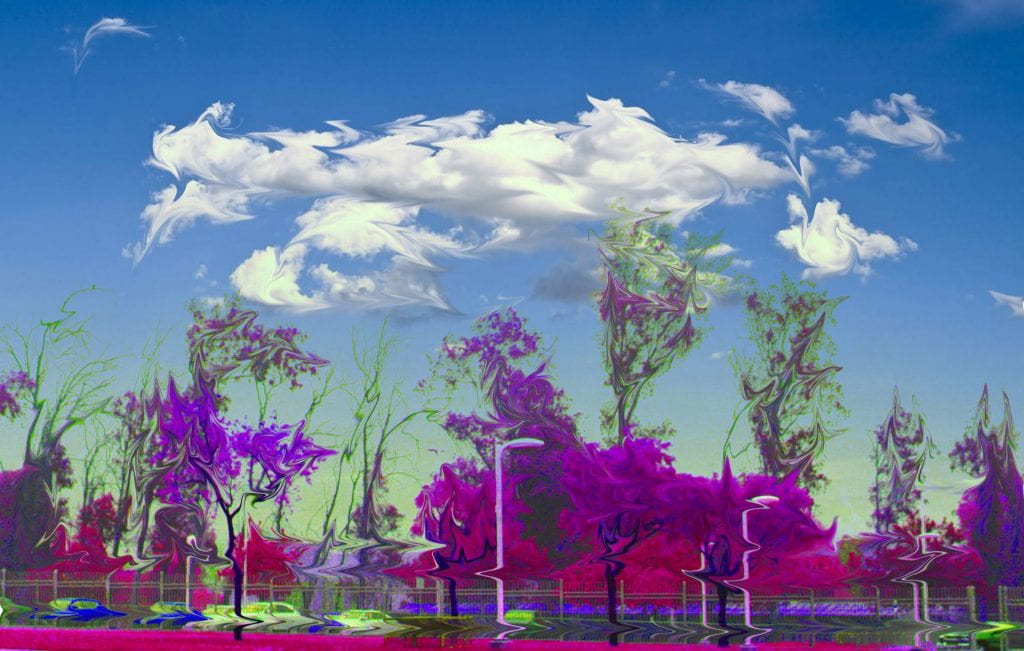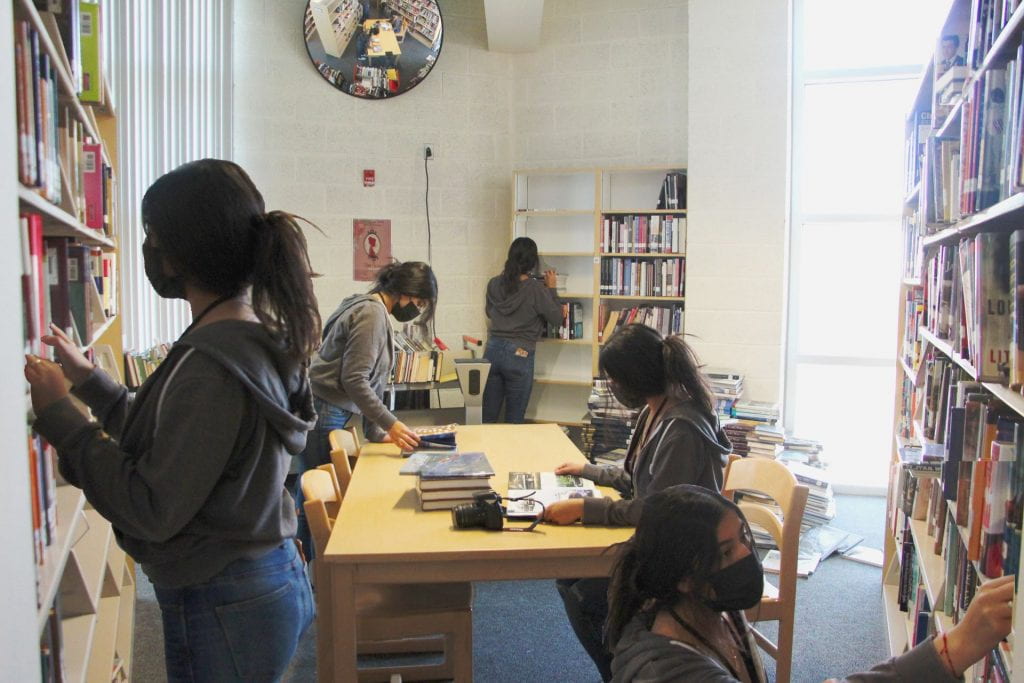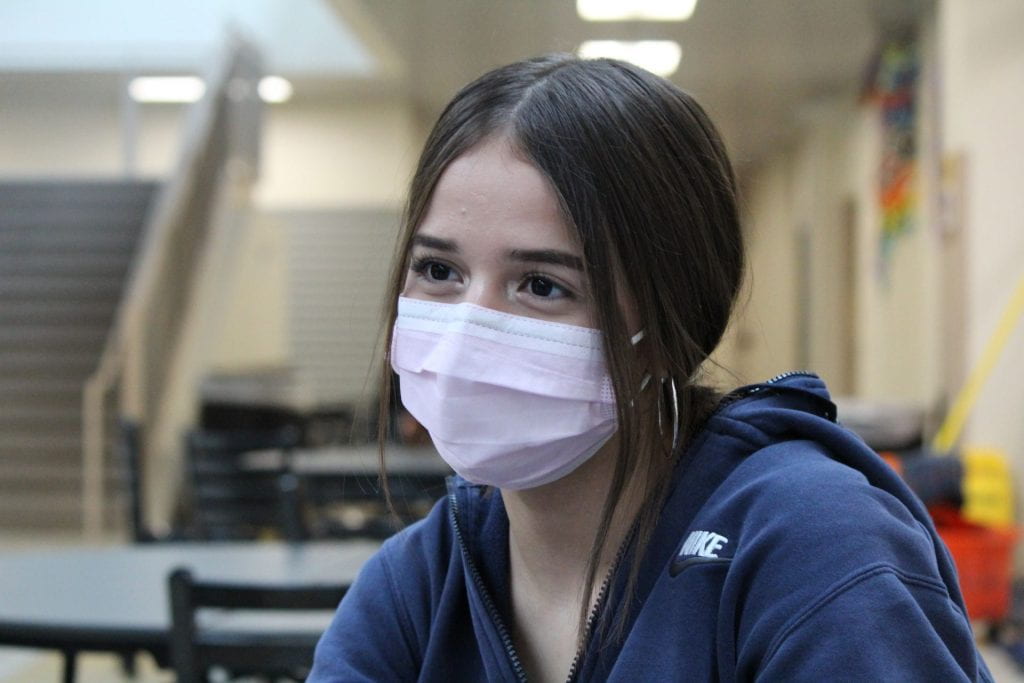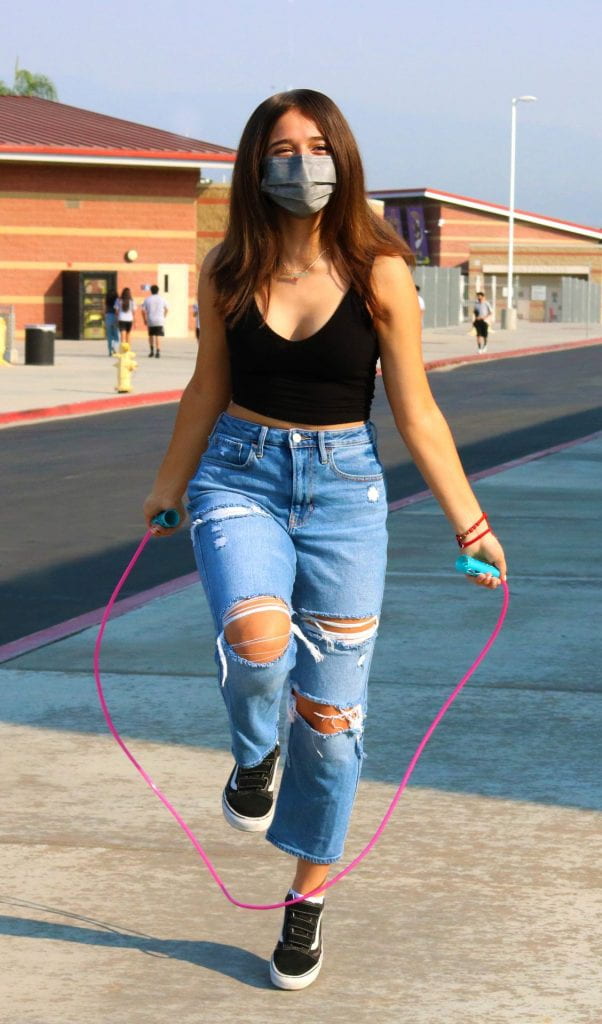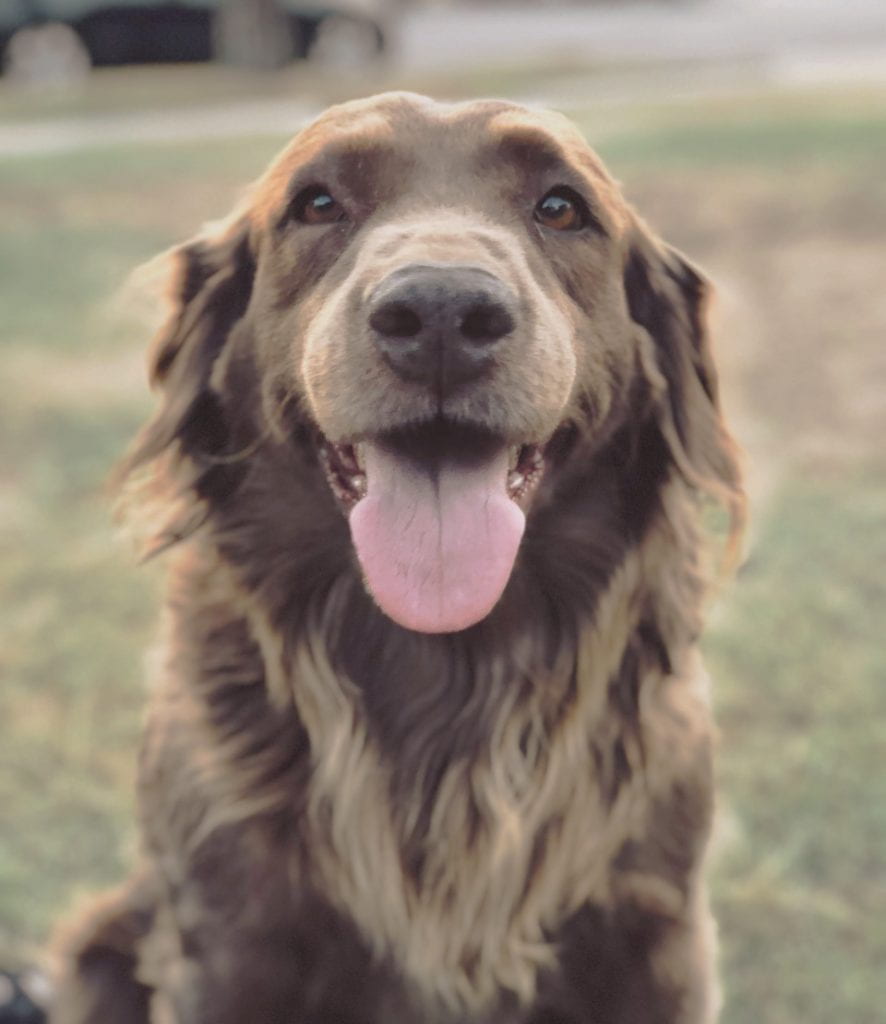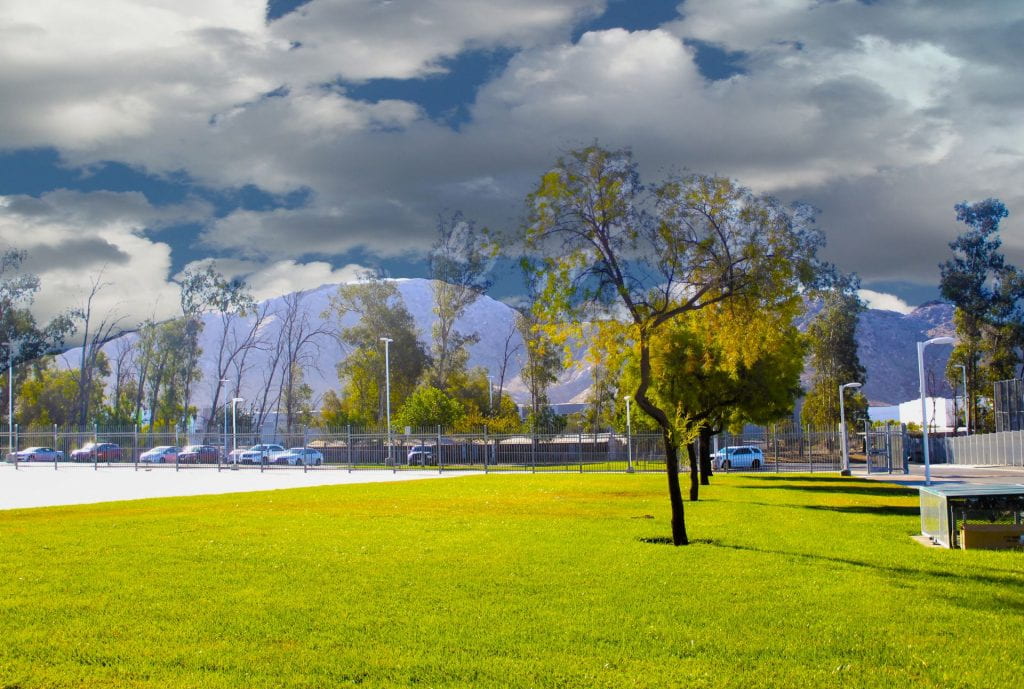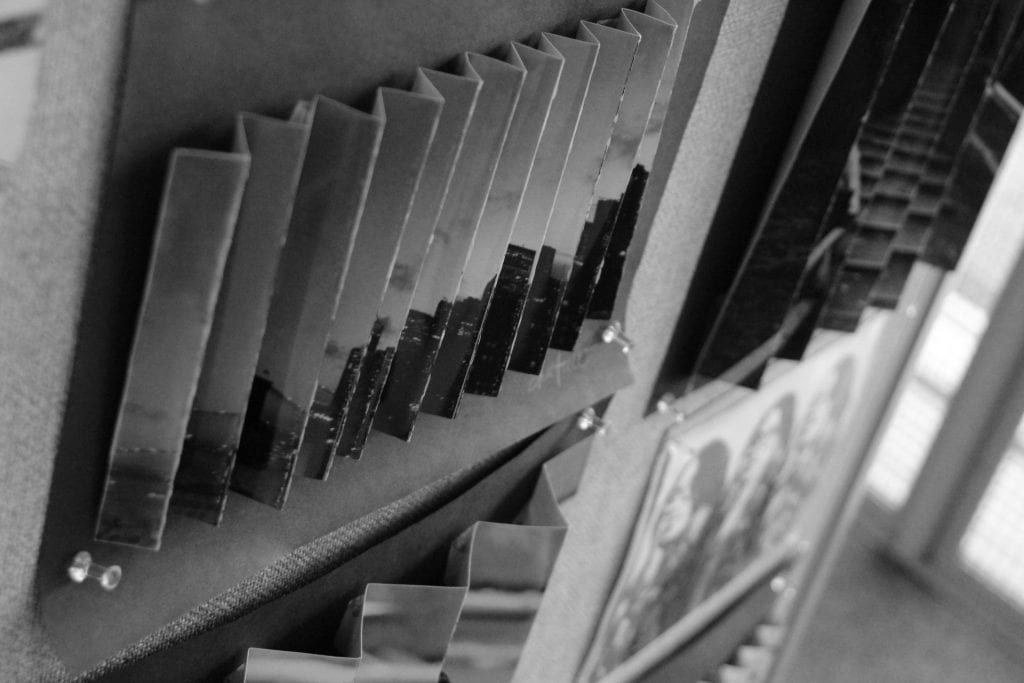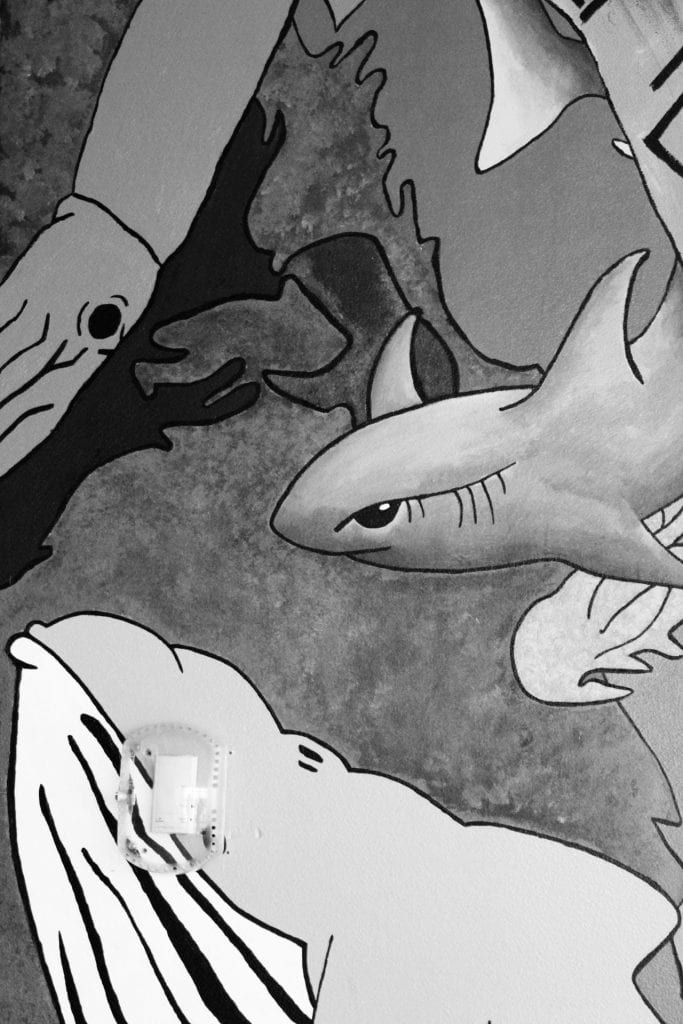A RAW image is a file containing unfiltered or little processed data from the sensor of a digital camera. Before they can be printed, shared, or displayed on a display device, RAW photos must be post-processed in software. RAW is a format that is related to a certain camera model; in order for software to work with a RAW file, it must be compatible with the camera used to take the RAW image. When compared to JPEG photographs, post-processing RAW images can give wider dynamic range, superior colors, and in some situations, even more detail.
JPEG is a lossy compression image format that is used to store and display digital images. JPEG is the most widely used and widely embraced image format today, with built-in support for reading and displaying JPEG images in most display devices and software. When compressing JPEG photos, different levels of quality can be applied, affecting the image’s overall quality and final size. Lower quality conversion yields higher compression rates, smaller files, and compression artifacts, whereas photos stored at a higher quality level yield less compression artifacts but require more storage.
